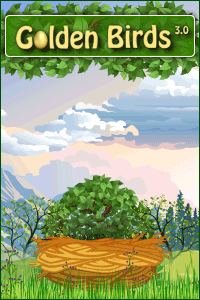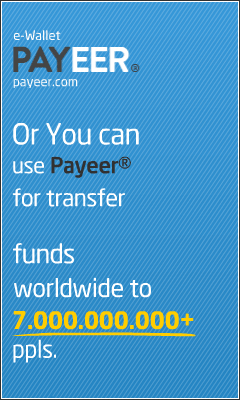We use must not to say that something is not permitted or allowed, for example:
- Passengers must not talk to the driver.
Structure of Must not
Must is an auxiliary verb. It is followed by a main verb. The structure for must not is:subject + must not + main verb
The main verb is the base verb (infinitive without "to")
Look at these examples:
| subject | auxiliary must + not | main verb | |
|---|---|---|---|
| I | mustn't | forget | my keys. |
| You | mustn't | disturb | him. |
| Students | must not | be | late. |
NB: like all auxiliary verbs, must CANNOT be followed by "to". So, we say:
- You mustn't arrive late. (not You mustn't to arrive late.)
Use of Must not
Must not expresses prohibition - something that is not permitted, not allowed. The prohibition can be subjective (the speaker's opinion) or objective (a real law or rule). Look at these examples:- I mustn't eat so much sugar. (subjective)
- You mustn't watch so much television. (subjective)
- Students must not leave bicycles here. (objective)
- Policemen must not drink on duty. (objective)
- Visitors must not smoke. (present)
- I mustn't forget Tara's birthday. (future)
- We were not allowed to enter.
- I couldn't park outside the shop.
























0 comments